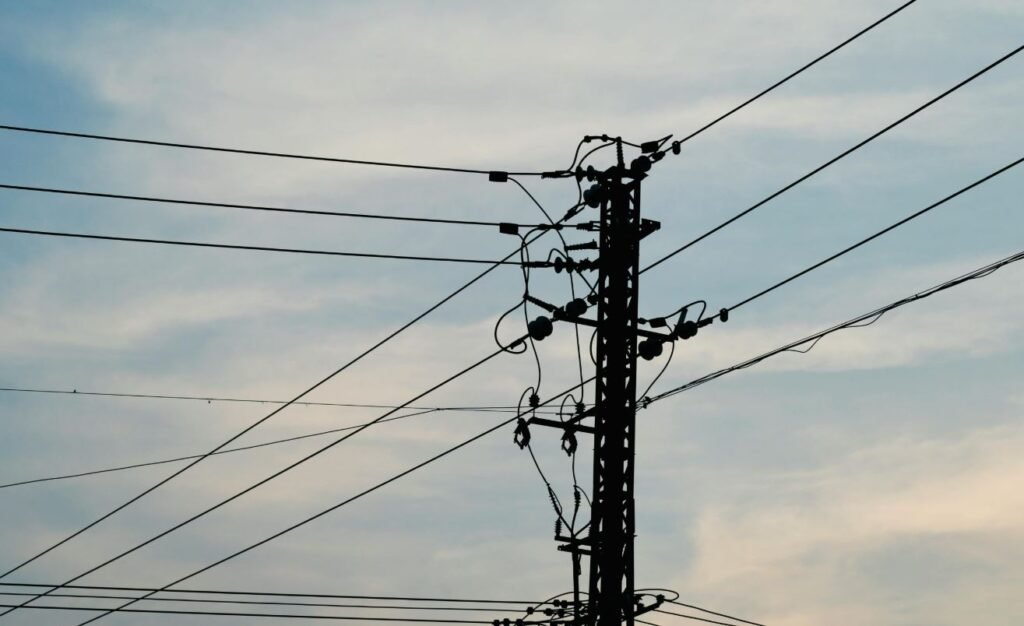The government of Kenya has announced plans to invest nearly US $386M to increase national electricity coverage. Principal Secretary (PS) for Energy, Alex Wachira revealed the plans and said the efforts aim to increase coverage to 80% and reduce the country’s reliance on biomass, which is currently used by 68% of the population for cooking, contributing to carbon emissions and health risks.
The investment’s objective is to connect one million new customers to electricity over the next two years. The French Development Agency (AFD), European Investment Bank (EIB), and the European Union (EU) have collectively provided approximately US $170M.
This program has contributed an additional US $92.6M, focusing on building mini-grids in 14 northeastern counties. The government has allocated US $38.6M annually, with plans to add another US $92.6M in the next financial year. Combining these sources, the total funding is estimated to be US $386M for the years 2025 and 2026.
READ: Zambia–Tanzania Interconnector Project receives US $292M grant
Energy challenges
Kenya’s energy sector faces challenges, including limited access to electricity (currently at 33%) and the intermittent nature of renewable sources like wind and solar. To address these issues, the government is investing in battery energy storage systems. These systems will store excess power generated during periods of low demand, such as at night, and dispatch it during peak demand times.
The concept of “firm capacity” is also central to Kenya’s strategy. This refers to reliable power available on demand, primarily sourced from geothermal and hydropower, totaling about 2,368 megawatts. By embracing battery energy storage and diversifying energy resources, Kenya aims to enhance the stability and reliability of its power supply.
Additionally, transmission constraints are being addressed. For instance, Kenya operates two thermal power plants along the coast, with a combined capacity of 320MW which support voltage stability. Efforts are underway to improve transmission infrastructure to ensure efficient power distribution across the country.
